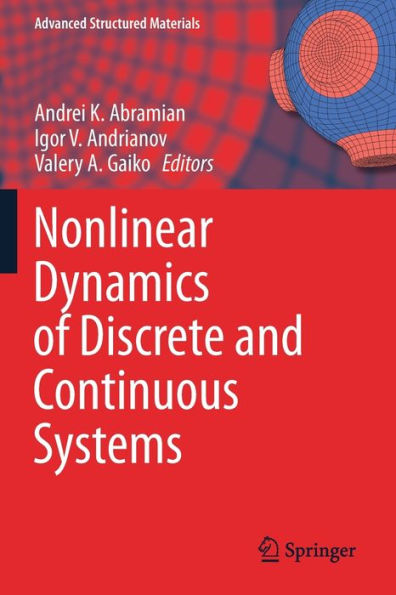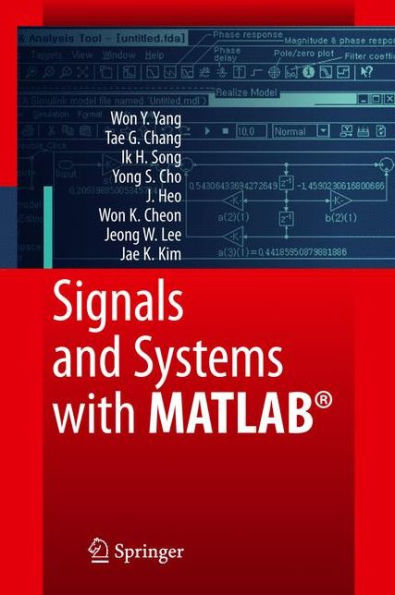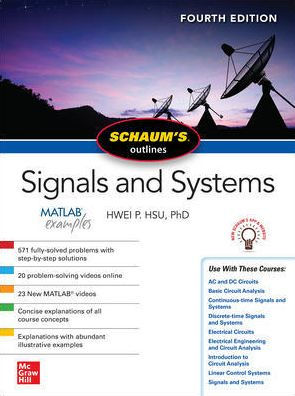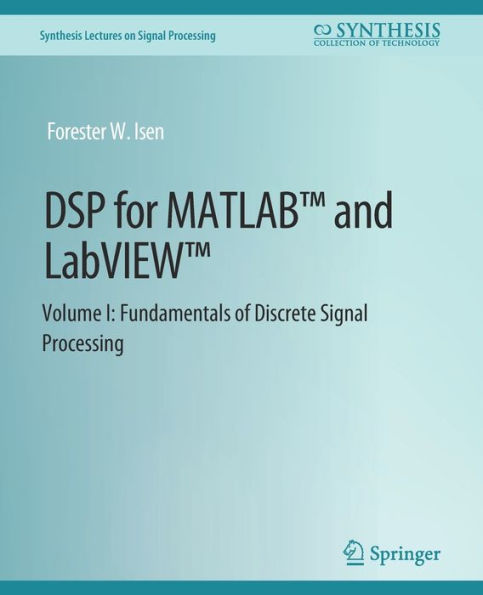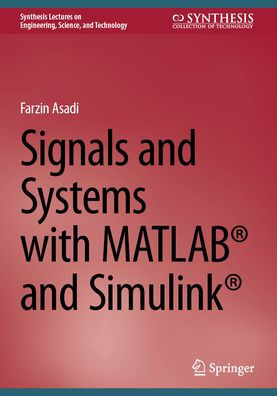Home
Discrete Signals and Systems with MATLAB®
Barnes and Noble
Discrete Signals and Systems with MATLAB®
Current price: $150.00


Barnes and Noble
Discrete Signals and Systems with MATLAB®
Current price: $150.00
Size: Hardcover
Loading Inventory...
*Product information may vary - to confirm product availability, pricing, shipping and return information please contact Barnes and Noble
The subject of Discrete Signals and Systems is broad and deserves a single book devoted to it. The objective of this textbook is to present all the required material that an undergraduate student will need to master this subject matter and the use of MATLAB.
This book is primarily intended for electrical and computer engineering students, and especially for use by juniors or seniors in these undergraduate engineering disciplines. It can also be very useful to practicing engineers. It is detailed, broad, based on mathematical basic principles, focused, and it also contains many solved problems using analytical tools as well as MATLAB.
The book is ideal for a one-semester course in the area of discrete linear systems or digital signal processing, where the instructor can cover all chapters with ease. Numerous examples are presented within each chapter to illustrate each concept when and where it is presented. Most of the worked-out examples are first solved analytically and then solved using MATLAB in a clear and understandable fashion.
This book is primarily intended for electrical and computer engineering students, and especially for use by juniors or seniors in these undergraduate engineering disciplines. It can also be very useful to practicing engineers. It is detailed, broad, based on mathematical basic principles, focused, and it also contains many solved problems using analytical tools as well as MATLAB.
The book is ideal for a one-semester course in the area of discrete linear systems or digital signal processing, where the instructor can cover all chapters with ease. Numerous examples are presented within each chapter to illustrate each concept when and where it is presented. Most of the worked-out examples are first solved analytically and then solved using MATLAB in a clear and understandable fashion.

